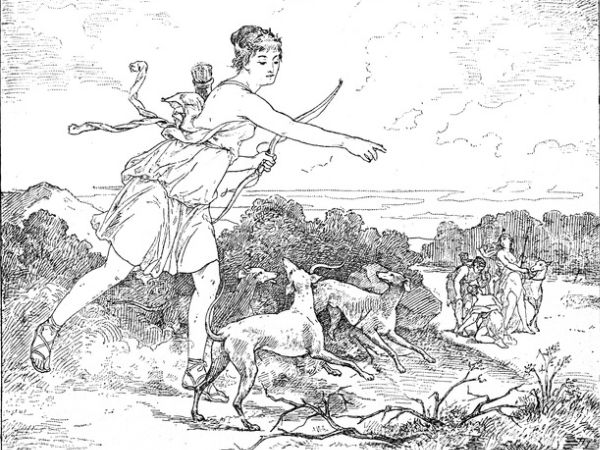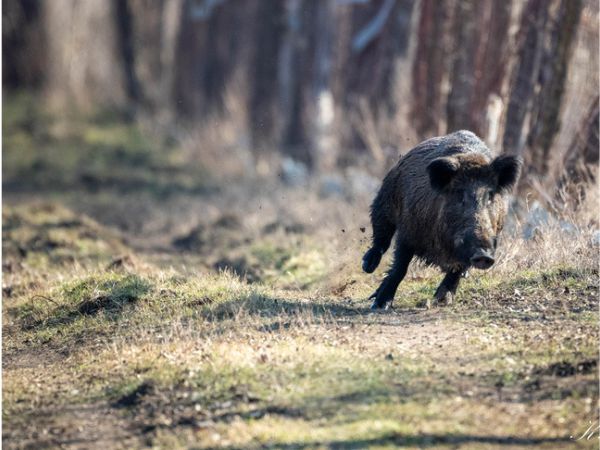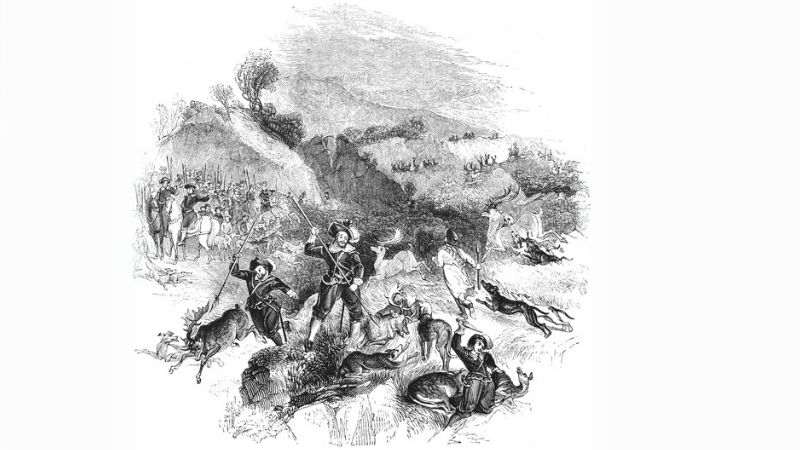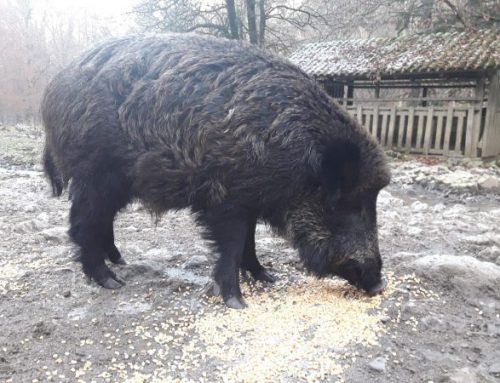European Hunting: since the dawn of civilization, has not merely been a utilitarian activity aimed at survival, but a complex cultural phenomenon, steeped in ritual, symbolism, and deep spiritual meaning.
In Europe, this millennia-old practice has taken on many forms and meanings over the centuries, leaving a lasting influence on heraldry, mythology, literature, art, and even social and religious structures.
From primitive hunting scenes depicted in Paleolithic caves to the sophisticated royal hunts of the Renaissance, from the ritual hunts of Germanic peoples to elaborate Christian symbolism, hunting has always served as a bridge between man and the wild, between the material and the divine. This article seeks to delve deeply into the rites, symbols, and traditions tied to European hunting, analyzing its historical roots, evolution over time, and its survival in contemporary culture—with a special focus on its connection to the Montefeltro region and its rich hunting traditions.
1. Archaic Origins: Hunting and Spirituality in Prehistoric and Ancient Europe
Paleolithic Hunting: Between Survival and Sacredness
The earliest evidence of the relationship between humans and hunting dates back to the Upper Paleolithic (40,000–10,000 years ago). The famous caves of Lascaux, Altamira, and Chauvet, with their extraordinary depictions of bison, deer, aurochs, and horses, are not just illustrations of hunts but sanctuaries where shamanic rituals were held. Scholars believe these images had magical and propitiatory functions—painting the animals meant in some way “capturing their spirit” to ensure success in the real hunt.
Especially significant is the so-called “Bird-Man” of the Lascaux cave, an anthropomorphic figure with the head of a bird, possibly a shaman in trance, suggesting that hunting was already tied to transcendental experiences. Animal bones found at these sites often show ceremonial arrangements, with skulls ritually placed and offered to the gods.
Gods and Hunting Myths in Ancient Cultures
With the rise of historic civilizations, hunting maintained its dual nature as both a necessary practice and a sacred act, embodied by numerous deities:
-
Artemis/Diana: In Classical Greece and later Rome, Artemis (Diana to the Romans) was the virgin goddess of the hunt, the forest, and the moon. Her cult, especially active in Arcadia, involved nocturnal rites and animal offerings. The “Ephesian Dianas,” statues of the goddess with multiple breasts, symbolized her role as a guardian of natural fertility.
-
Cernunnos: Among the Celts, this antlered god, often portrayed as the “lord of animals,” represented the life-death-rebirth cycle and mastery over wild forces. His cult endured in Alpine and British regions.
-
The Wild Hunt: Present in Germanic and Scandinavian folklore, this spectral procession of riders and hellhounds, led by Odin (or figures like King Arthur or the devil), symbolized primordial chaos and the dangers of untamed nature.

In these traditions, hunting was never an end in itself, but always imbued with cosmological meaning.
2. Medieval Hunting: Nobility, Chivalry, and Allegory
Hunting as Privilege and Status Symbol
With the rise of the feudal system, hunting became a strictly regulated activity reserved for the aristocracy. Forest laws—such as those enacted by Charlemagne or Norman kings—not only prohibited peasants from hunting but even from owning hunting dogs or weapons, with punishments ranging from mutilation to death. Royal and noble forests became sacred territories where hunting was a grand display of power.
Hunting Treatises and the Art of the Hunt
The 14th and 15th centuries saw the flourishing of major hunting treatises, including:
-
Le Livre de Chasse by Gaston Fébus (1387): An encyclopedic work describing hunting techniques, dog training, and falconry, while also outlining a philosophy of life grounded in courage and the understanding of nature.
-
De Arte Venandi cum Avibus by Frederick II of Hohenstaufen: A medieval masterpiece on falconry, where the emperor combined scientific observation with chivalric tradition.
Hunting as Literary Metaphor
In courtly literature, hunting often assumed allegorical meanings:
-
In Tristan and Isolde, the white doe represents ideal, unattainable love.
-
In The Romance of the Rose, capturing the deer symbolizes the conquest of the beloved.
-
Dante, in Canto XIII of the Inferno, describes an infernal hunt as a metaphor for damnation.
3. Heraldry and Hunting Iconography
Heraldic Animals and Their Meanings
Noble heraldry is rich with hunting symbols, each carrying specific meanings:
-
The Stag: A symbol of noble spirit, purity (due to its regenerating antlers), and divine connection (as in the legend of Saint Eustace).
-
The Boar: Emblem of indomitable strength and battlefield courage—famously adopted by the Borgias and linked to the legendary Erymanthian boar.
-
The Falcon: Representing spiritual elevation and mastery; Emperor Frederick II chose it as his personal emblem.
Weapons and Tools in Coats of Arms
-
Bow and Arrows: Represent precision, quick thinking, and unavoidable destiny.
-
Hunting Horns: Signify order, communication, and spiritual awakening.
In Montefeltro, many family crests (like those of the Malatesta or the Montefeltro themselves) contain hunting references, highlighting how deeply rooted the practice was in aristocratic culture.
4. Christian Spirituality and Hunting Tradition
Patron Saints and Legends
-
Saint Hubert: According to legend, this 8th-century Frankish noble, devoted to hunting, saw a stag bearing a radiant cross between its antlers—an experience that converted him to Christianity. He remains the patron saint of hunters.
-
Saint Eustace: A Roman general who converted after seeing a crucifix between a stag’s antlers during a hunt.
Hunting as Religious Allegory
In medieval bestiaries, hunting the white stag symbolized the soul’s quest for God—a theme echoed in the Grail cycle. In the Meditations on the Life of Christ, hunting is likened to the fight against vice.
5. Hunting Today: Enduring Traditions and New Sensibilities
Living Rituals
-
Blessing of the Hounds: In some regions of France and Italy (such as Tuscany and the Alps), dogs and hunting horns are still blessed on November 3, Saint Hubert’s feast day.
-
Fairs and Reenactments: Events like the Fiera di San Martino in Umbria or the Wild Boar Hunt in Maremma keep ancient customs alive.

Ethics and Conservation
Today, hunting faces challenges related to biodiversity and animal welfare. Some hunting associations advocate for a “ritual” and sustainable form of hunting, reconnecting with ancient traditions of respect for the prey.
Conclusion: Hunting as a Mirror of European Culture
From prehistoric caves to Renaissance courts, from pagan myths to Christian allegories, hunting has deeply shaped European imagination. Not merely a means of sustenance or aristocratic pastime, it has been a true symbolic language—speaking to our relationship with nature, our longing for the sacred, and our collective history.
In Montefeltro, a land rich in ancient hunting traditions, this heritage remains alive—ready to be rediscovered and cherished.









